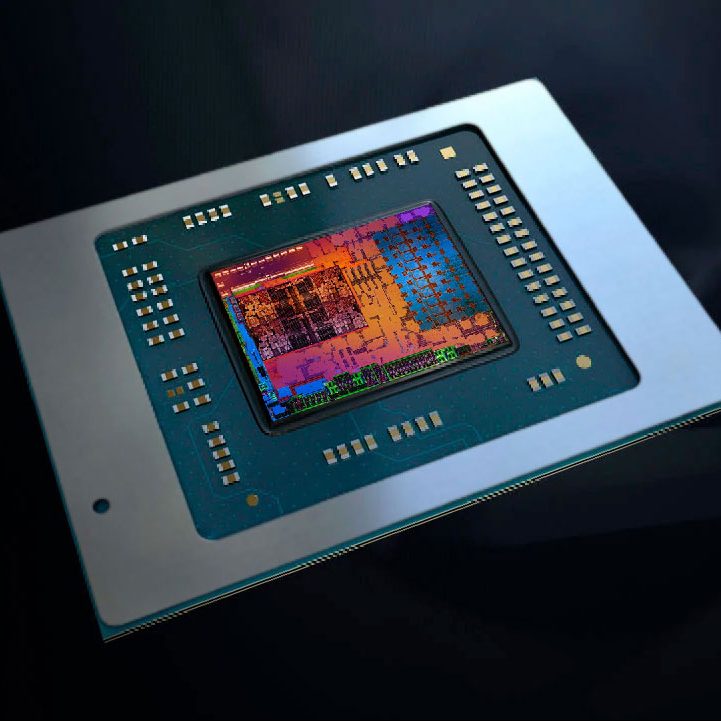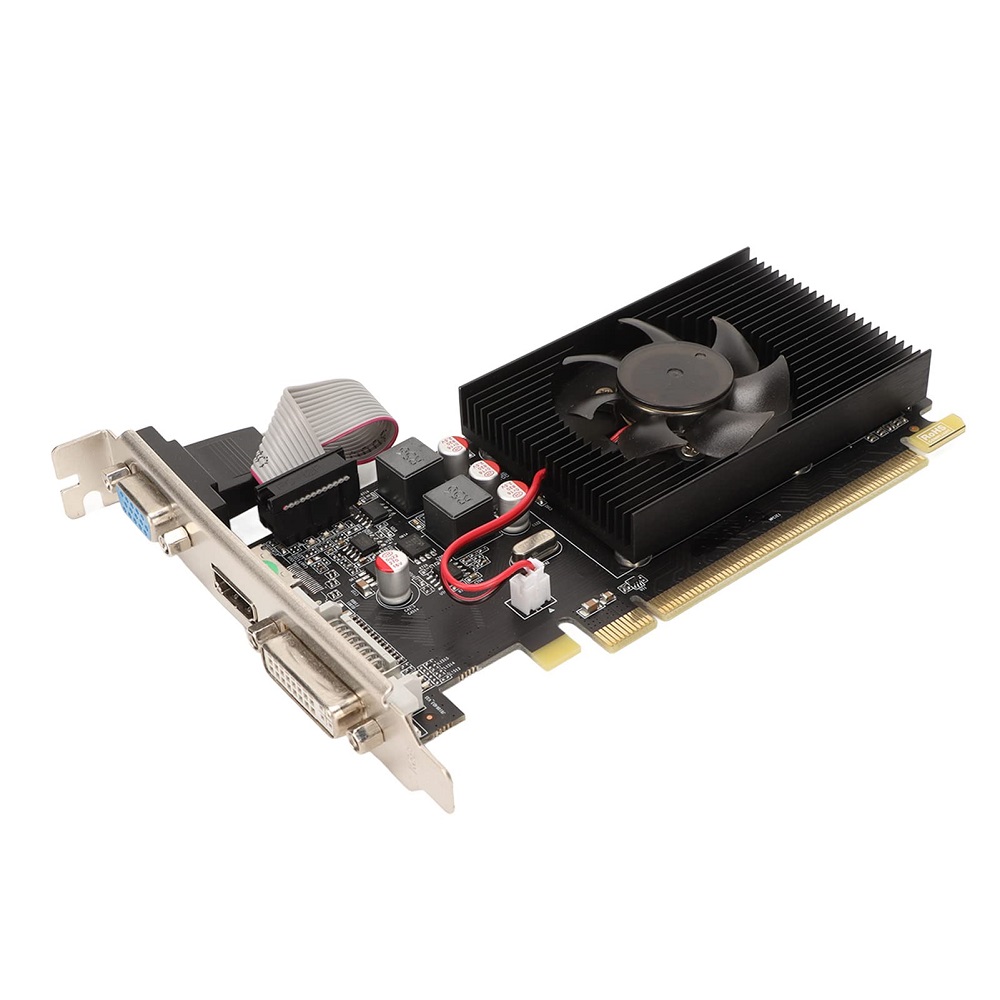The gaming industry continues to evolve at an extraordinary pace, with innovations emerging to meet the demands of gamers for better graphics, faster performance, and enhanced experiences. Integrated graphics CPUs have become increasingly influential in this landscape. These processors combine CPU and GPU capabilities into a single unit, making them appealing for both casual gamers and those looking to build budget-friendly gaming systems. As technology advances, these integrated graphics solutions are set to play a pivotal role in gaming’s future. Let’s explore the innovations in integrated graphics CPU and what they mean for gamers.
Understanding Integrated Graphics CPUs
What Are Integrated Graphics?
Integrated graphics CPUs, or APUs (Accelerated Processing Units), combine traditional CPU functionalities with GPU capabilities on a single chip. This integration allows systems to operate with improved efficiency, reducing power consumption and heat production. It also makes for a more streamlined design, eliminating the need for a separate graphics card. Integrated graphics have historically been less powerful compared to dedicated GPUs, but recent innovations are changing that landscape dramatically.
Advantages Over Dedicated GPUs
One significant advantage of integrated graphics CPUs is cost-effectiveness. For many casual gamers or individuals setting up a home office, investing in a separate graphics card might not be feasible. Integrated solutions offer substantial performance boosts without the extra cost, allowing gamers to enjoy high-quality games without overspending. Additionally, APUs consume less power, which is beneficial for energy-conscious users or those using laptops. The compact nature also makes them ideal for thin and light laptops, enabling portability without sacrificing too much performance.

Advances in Architecture
Improved Performance with New Design
Modern integrated graphics CPUs have come a long way in terms of architectural design. Brands like AMD and Intel continually develop new architectures that maximize performance while minimizing latency. For example, AMD’s Zen architecture allows for more efficient processing capabilities and improved graphics performance. The latest generation of CPUs leverages higher core counts and threads to deliver a more seamless gaming experience, efficiently handling graphics-intensive applications.
Enhanced Graphics Capabilities
Furthermore, advancements in integrated graphics have led to improvements in visual fidelity. Technologies like AMD’s RDNA architecture or Intel’s Iris Xe graphics provide significantly better performance than their predecessors. Gamers can now experience smoother frame rates, improved textures, and superior rendering capabilities even on integrated graphics solutions. As game developers continue to push the envelope with realistic graphics, these innovations in graphics architecture become crucial for maintaining an enjoyable user experience.
Ray Tracing and Real-Time Rendering
Bringing Realism to Games
Ray tracing is a feature that has captured the attention of gamers and developers alike. Historically reserved for high-end dedicated graphics cards, ray tracing technology simulates real-world lighting conditions to deliver stunning visual realism. With integrated graphics solutions evolving, we are starting to see the integration of ray tracing capabilities into these processors. This breakthrough allows casual gamers to experience advanced graphical features without the need for expensive hardware.
Real-Time Processing Capabilities
Real-time rendering has also improved significantly with integrated graphics CPUs. Enhanced performance means games can incorporate more complex lighting, shadows, and reflections dynamically. For example, newer integrated graphics can handle realistic environmental effects that change based on gameplay, giving players a more immersive experience. This shift in real-time rendering allows developers to create intricate game worlds that are visually stunning and responsive to player interactions.

AI and Machine Learning Integration
Smarter Graphics Solutions
Artificial intelligence (AI) and machine learning have begun to revolutionize various aspects of technology, including gaming. Integrated graphics CPUs are no exception. By employing AI to optimize graphics settings in real time, gamers can achieve the best performance characteristics tailored to their specific hardware. This smart optimization enables smoother gameplay without manual adjustments, making gaming experiences accessible to everyone.
Enhanced Visuals Through AI Techniques
In addition to optimizing performance, machine learning techniques can enhance visuals. Features like NVIDIA’s DLSS (Deep Learning Super Sampling) utilize AI to upscale lower-resolution images to higher resolutions, allowing games to run smoothly while maintaining impressive visual quality. As integrated graphics CPUs adopt similar technologies, gamers can expect an even more refined visual experience, bridging the gap between casual gaming and high-performance gameplay.
Gaming on the Go
Improved Mobile Gaming Performance
As the popularity of mobile gaming continues to rise, integrated graphics CPUs play a significant role in enabling high-quality gaming on laptops and tablets. Enhanced power efficiency paired with the advancements in graphics performance creates a new opportunity for gamers who prefer portable platforms. Devices equipped with the latest integrated graphics can handle demanding games that were once limited to desktops and consoles.
Bridging the Gap Between Consoles and PCs
The advancements in integrated graphics also mean that gaming laptops can become powerful contenders against traditional gaming consoles. Consoles like the PlayStation and Xbox are known for their dedicated GPUs, but the latest integrated graphics solutions are making it possible to deliver comparable gaming experiences in portable devices. Gamers can take their favorite titles on the go without sacrificing performance, further broadening the appeal of integrated graphics solutions.

Enhanced Multi-Monitor Setups
Expanding the Display Experience
Integrated graphics CPU increasingly support multiple monitor setups, allowing users to extend their desktop or gaming experience across several screens. This feature can significantly enhance productivity in a work environment or elevate the gaming atmosphere by providing expansive views. With the ability to manage multiple displays, integrated graphics solutions bring added versatility for users who thrive on multitasking or immersive gaming.
Improved Compatibility with Modern Displays
As technology evolves, so do the requirements for displaying devices. New integrated graphics processors are optimized for compatibility with modern displays, allowing gamers to experience high resolutions and refresh rates. The ability to seamlessly connect to 4K monitors or ultra-wide displays offers significant benefits to gamers, ensuring they can take full advantage of the latest advancements in display technology.
The Future of Gaming Hardware
Evolving Ecosystem
As integrated graphics CPUs continue to innovate, they are likely to play a larger role in shaping the future of gaming hardware. The lines will blur between casual and high-performance gaming, offering unprecedented flexibility for gamers. The development of cloud gaming services further complements this evolution; with less reliance on hardware and more on efficient data processing, integrated graphics could become the preferred choice for many gamers.
Accessibility for All Gamers
The trend toward integrated graphics signifies a movement toward greater accessibility in gaming. With improved performance at a lower cost, more individuals will have the capacity to enjoy modern gaming experiences. This democratization of gaming hardware allows for a more diverse community, opening the doors for new gamers to join in and explore worlds previously deemed exclusive to those with significant investment in dedicated hardware.
Conclusion
The innovations in integrated graphics CPU are set to transform the gaming landscape, offering enhanced performance, stunning visual fidelity, and increased accessibility. With advancements in technology, these integrated solutions are no longer overlooked; they are positioned as essential components for gamers at every skill level. The future of gaming lies in the seamless blend of CPU and GPU functions, creating an ecosystem where enjoyment and experience take center stage.
From realistic graphics achieved through ray tracing to the convenience of mobile gaming, integrated graphics CPUs are shaping the direction of the industry. As technology continues to progress, we can expect further enhancements that elevate gaming experiences, making them more immersive and exciting. Whether you’re a casual player or a dedicated gaming enthusiast, the innovations in integrated graphics CPUs hold exciting possibilities for an enriched gaming future. Embrace the evolution, and get ready to explore new horizons in your gaming journey!
